รูปแบบการก่อสร้างที่ชนะในตลาดโลก?
In the overseas construction market that pursues sustainability and high cost-effectiveness, the long-term economic competition between container houses and traditional buildings has attracted much attention. Putting aside the specific amount difference, the comparison from the dimensions of construction period, maintenance cost and energy efficiency can more clearly reveal the cost-effectiveness difference between the two.
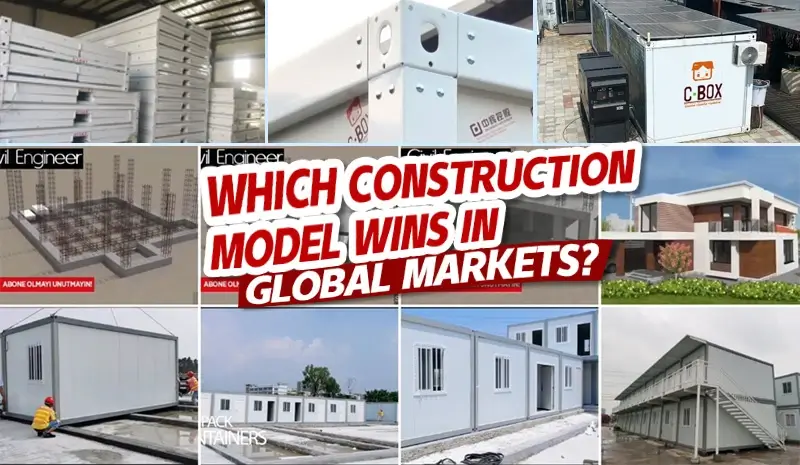
1. Construction period: speed and flexibility
The core advantage of container houses lies in modular prefabrication. In overseas projects, 90% of the components are processed in the factory and only need to be assembled on site, which greatly shortens the construction period (usually 1/3 of traditional buildings) and is less affected by weather and labor shortages. Traditional buildings need to be constructed step by step from foundation to structure, with complex processes and long cycles, especially in Europe and the United States where labor costs are high, the time cost may rise significantly.
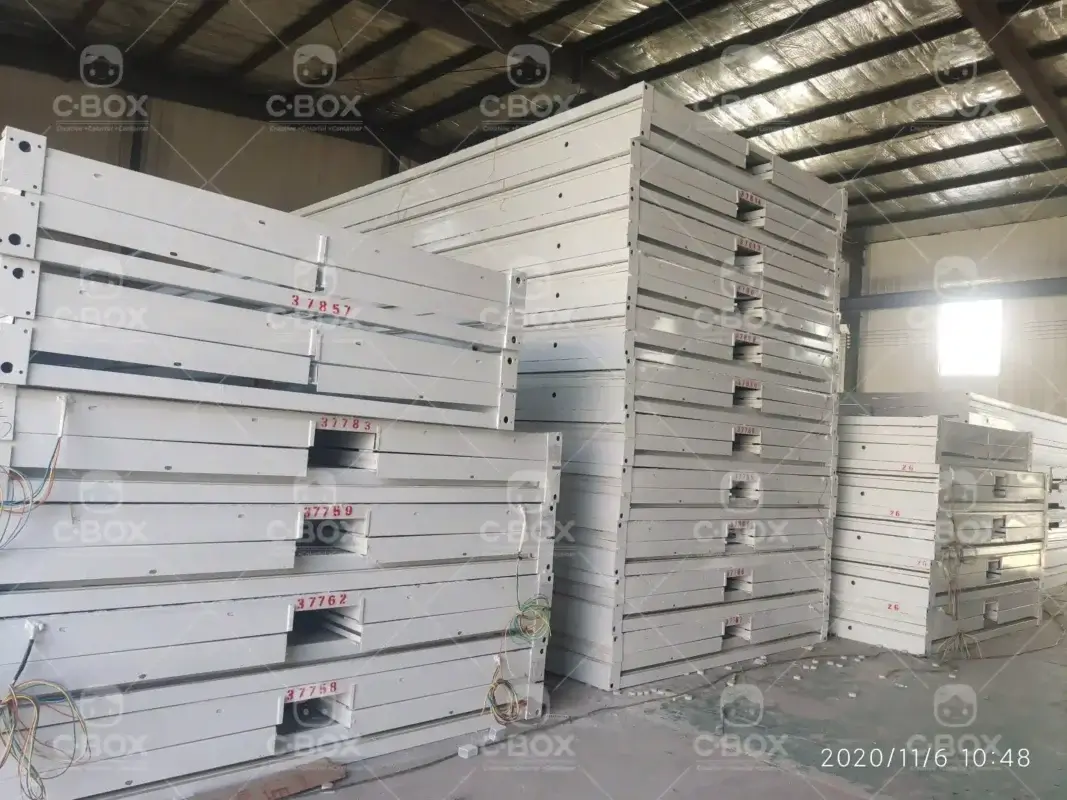
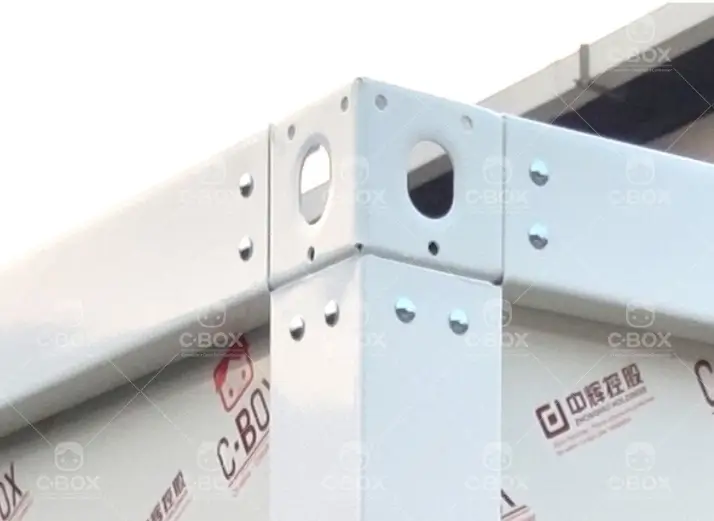
2. Maintenance cost: durability and sustainability
Container houses are made of weathering steel, which is naturally corrosion-resistant and structurally stable, and the long-term maintenance requirements are lower than traditional buildings. Traditional buildings require regular maintenance of roofs, walls, pipe systems, etc., especially in extreme climate areas (such as rainy and snowy Northern Europe or high temperatures in the Middle East), where the maintenance frequency and complexity are higher. In addition, container houses can be renovated as a whole and replaced with modules to reduce the impact of maintenance on functions, while traditional building renovations often require large-scale demolition, resulting in significant waste of resources.
3. Energy efficiency: miniaturization and renovation potential
The compact space of container houses makes it easier to achieve efficient energy management. Overseas cases show that by adding solar panels, double-layer insulation and intelligent temperature control systems, their energy consumption can be reduced by 30%-50% compared with traditional buildings. Although traditional buildings can optimize energy efficiency through design (such as passive houses), the cost of renovating existing structures is high, and it is difficult to avoid energy loss in large spaces.
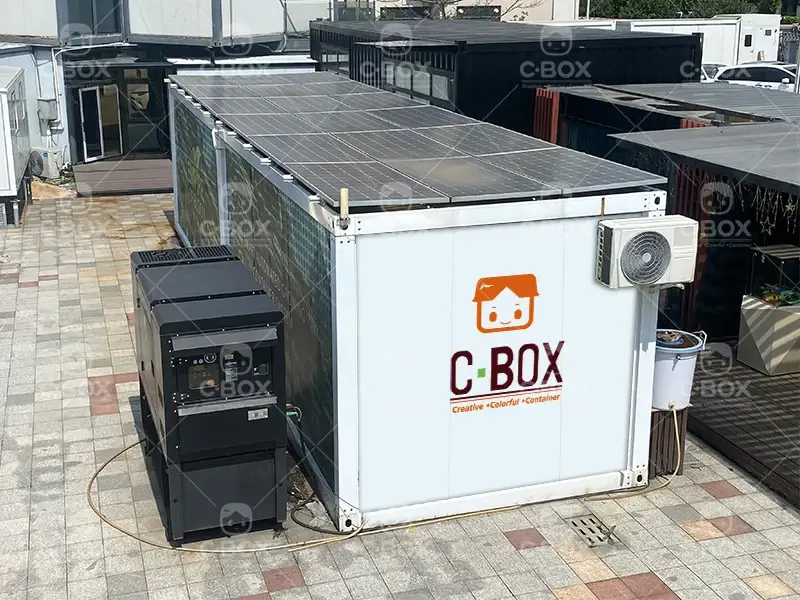
Long-term perspective: adaptive economic value
The modular nature of container houses supports flexible expansion or migration, and is particularly suitable for overseas scenarios with changing land use policies or short-term needs (such as holiday homes and temporary offices). Once traditional buildings are built, the cost of functional transformation or relocation is extremely high, and long-term economic viability is limited by fixed locations and rigid functions.
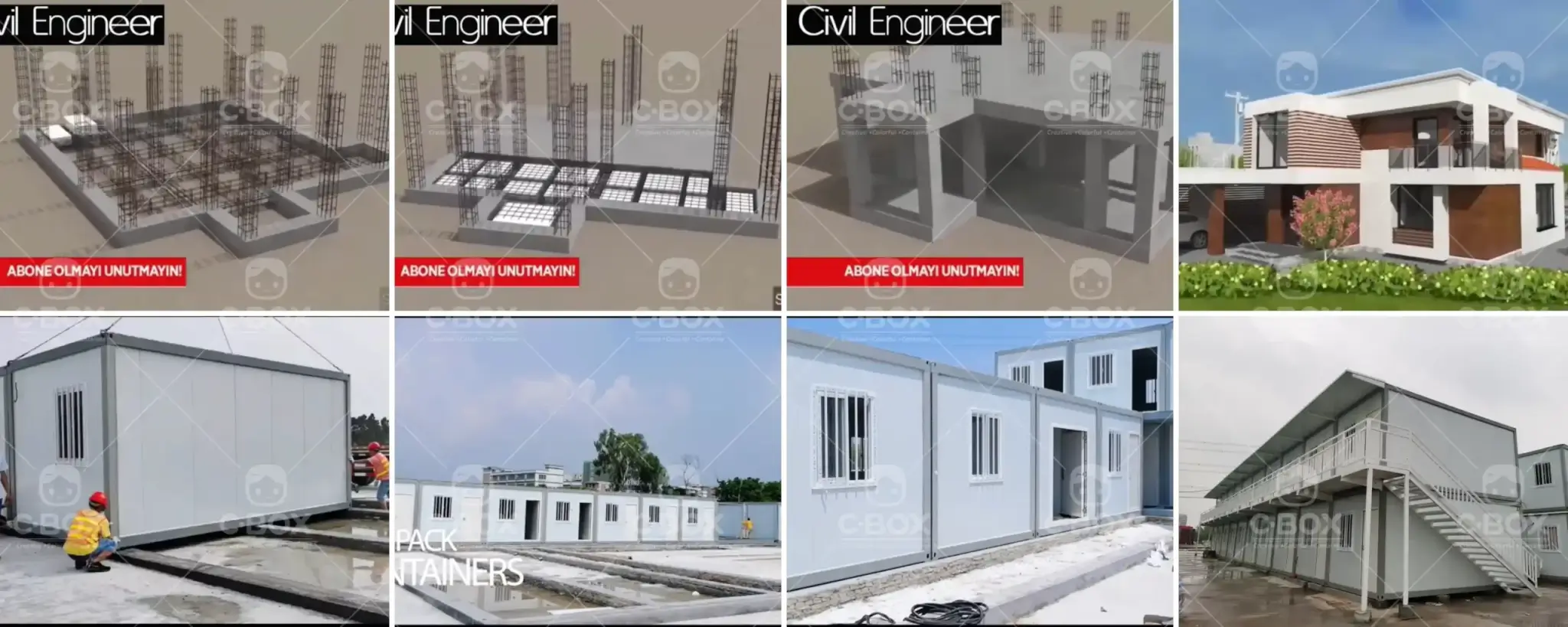
The JM Advantage in Modular Innovation
While both construction models have distinct roles, JM stands at the forefront of container-based innovation. With over 18 years of expertise, we deliver turnkey modular solutions that merge sustainability, durability, and smart design. From energy-efficient holiday homes in the Mediterranean to scalable workforce housing in Southeast Asia, our projects are engineered to thrive in diverse global conditions.
Ready to Build Smarter? Explore how JM’s modular solutions can elevate your next project.
Contact us today for a consultation:
Email: [email protected]
WhatsApp: +86 199-2579-3874












